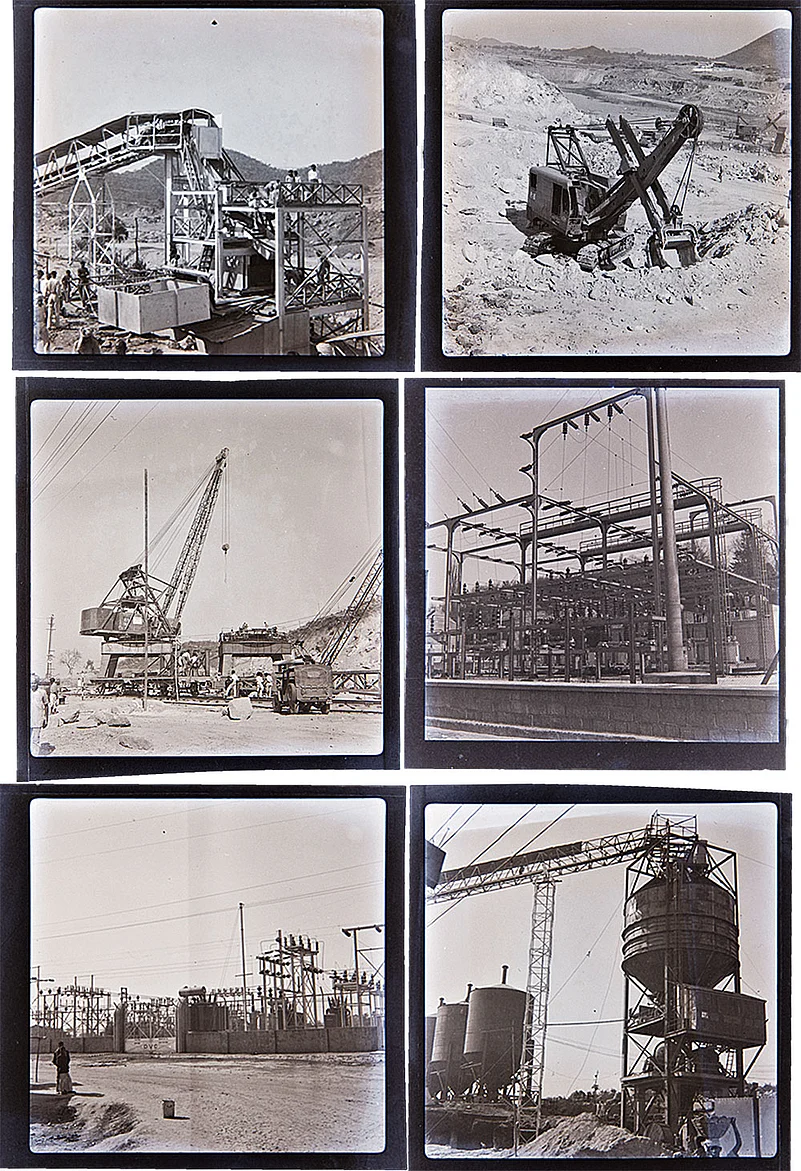





What happens when precious memories accidentally tumble out of an old wooden box? The great-grandson of Khurshed Bharucha—the first Indian cashier of Tata Steel and one of the last remaining members of the dying Parsi community of Jamshedpur—owned this prized possession. The box contained images, postcards and a diary—elements that are poignant memories of a family’s existence, origin and most importantly its contribution to the making of the industrial township of Tatanagar.
After the setting up of Tata Steel in 1907, 3,000 Parsi families from places like Surat, Bombay and Karachi, as well as from faraway places like Birmingham and Munich, relocated to Jamshedpur. One of them was Bharucha, who was married to the daughter of Homi Engineer. The Engineers were also among the oldest Parsis living in Jamshedpur. After marriage, Bharucha took a loan of Rs 3.5 lakh from “a friend who owned an island near then-Bombay” and it is with this money he built the Bharucha Mansion at Bistupur junction in Tatanagar. The mansion also used to house the single-screen Parsi cinema hall called Regal Cinemas.
Over the next few decades, Bharucha, and later his son-in-law Keki Gazdar, clicked a series of photographs with an intention of preserving them as archives. These pictures, and several other elements like a diary and several postcards, ended up in the wooden box. Recently, the contents of the archives preserved by Bharucha and Gazdar became a part of the Gazdar photo archive—titled Sparseeing—compiled by freelance documentary photographer Abhishek Basu and Joyona Medhi, an academic associate at IIMC. Sparseeing means to step into the shoes of ‘the sparse’ and see things from the photographer’s point of view. The archive, dating 1907 onwards, contains images delving deep into the making of Tatanagar and subsequently the steel and shipping industries of Tata.
It pulls one into the universe comprising a playful array of different forms like postcards the Gazdars used to receive from concerned aunts and uncles in Birmingham, or from grandfathers, working in the locomotive division of Tata, who would write from cruises to ensure the mechanical plants and engines assigned to their scrutiny for regular maintenance were in working order.
The red hard bound diary of Gazdar—that he meticulously maintained while on a cruise as a mechanical engineer in the 1950s-60s—became the prompt in forming of Sparseeing. The photobook—due end of the year—has been supported by the Alkazi Foundation Photobook Grant 2022.
In this book, the archivist is the photographer. He is us; we are him. That is the only way to stay true to the photographs; by asking the question—what he might have been thinking while taking a particular photo. The book also has a list of research annotations at the back, which might be of interest to researchers. For example, there is a reference to the German architect Otto Koenigsberger, who is credited with the architectural design of the township of Jamshedpur.
Reproduced here, in the absolutely raw form, are snapshots from the archive. The images, that speak for themselves, span several decades and capture the true essence of Tatanagar.

(This appeared in the print as 'Archived Memories')


















